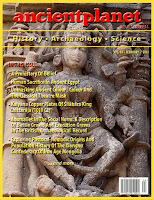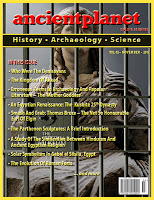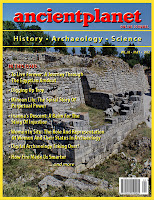Graecolatina et Orientalia
ZBORNÍK FILOZOFICKEJ FAKULTY UNIVERZITY KOMENSKÉHO V BRATISLAVE
ZBORNÍK FILOZOFICKEJ FAKULTY UNIVERZITY KOMENSKÉHO V BRATISLAVE
Vol. XXXIII-XXXIV, 2012 (ISBN: 978-80-223-3285-9)
Tables of Contents of earlier volumes
See the full List of Open Access Journals in Ancient Studies







































